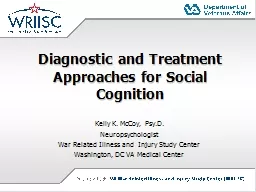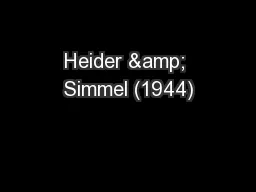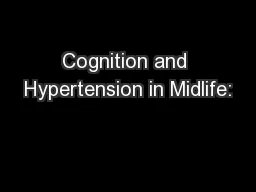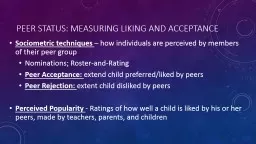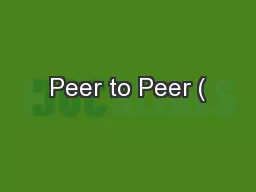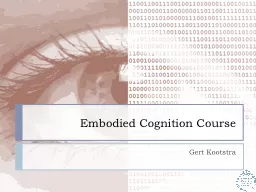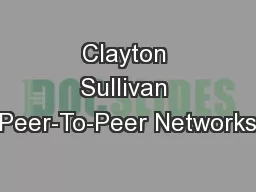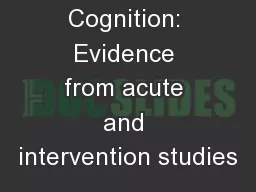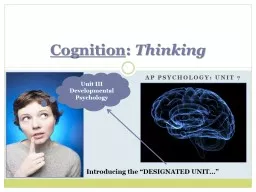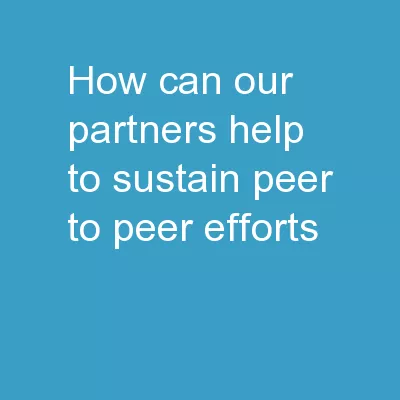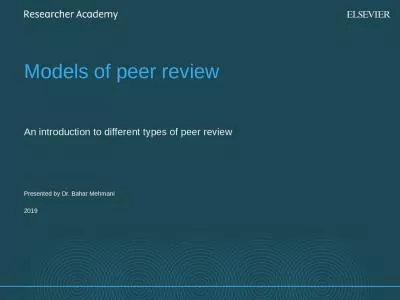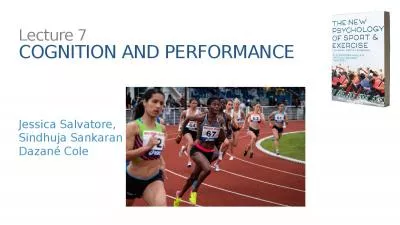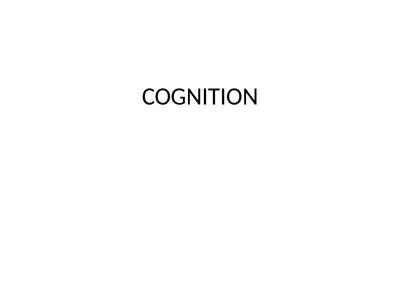PPT-Social Cognition about Peer Status in
Author : pamella-moone | Published Date : 2019-11-07
Social Cognition about Peer Status in Adolescence Dr Yan Li Department of Psychology DePaul University Peer Relations Peer status Relational aggression RA Social
Presentation Embed Code
Download Presentation
Download Presentation The PPT/PDF document "Social Cognition about Peer Status in" is the property of its rightful owner. Permission is granted to download and print the materials on this website for personal, non-commercial use only, and to display it on your personal computer provided you do not modify the materials and that you retain all copyright notices contained in the materials. By downloading content from our website, you accept the terms of this agreement.
Social Cognition about Peer Status in: Transcript
Download Rules Of Document
"Social Cognition about Peer Status in"The content belongs to its owner. You may download and print it for personal use, without modification, and keep all copyright notices. By downloading, you agree to these terms.
Related Documents


